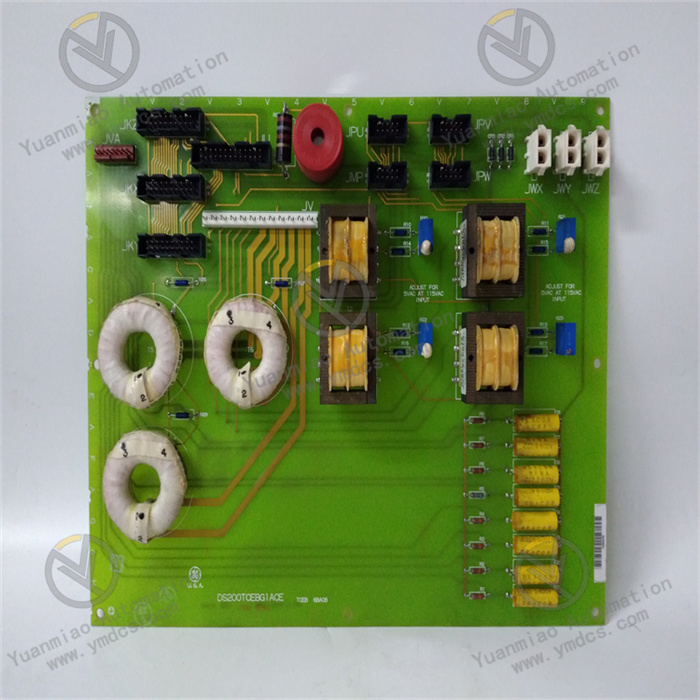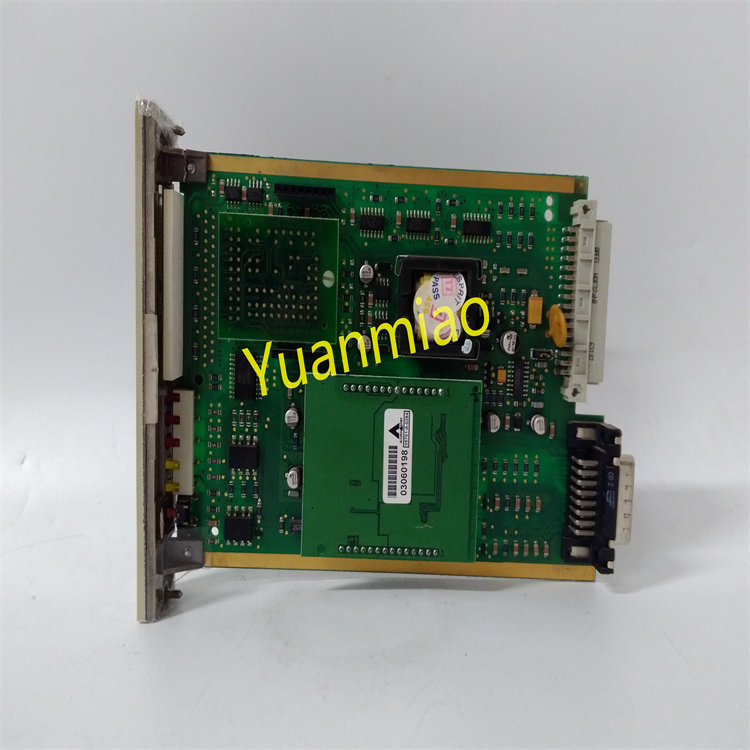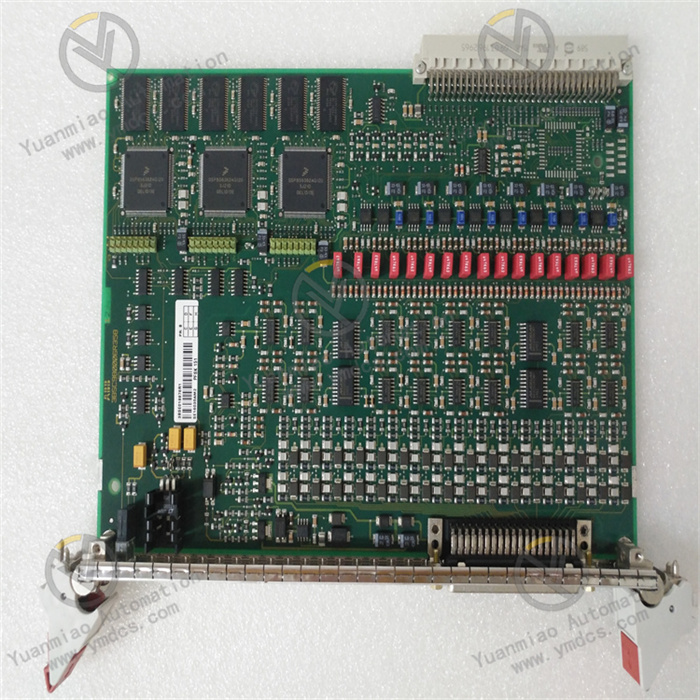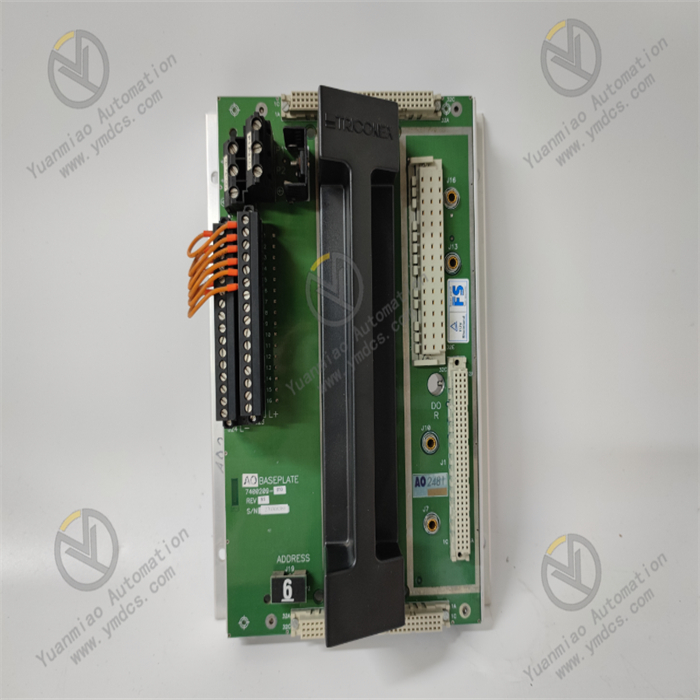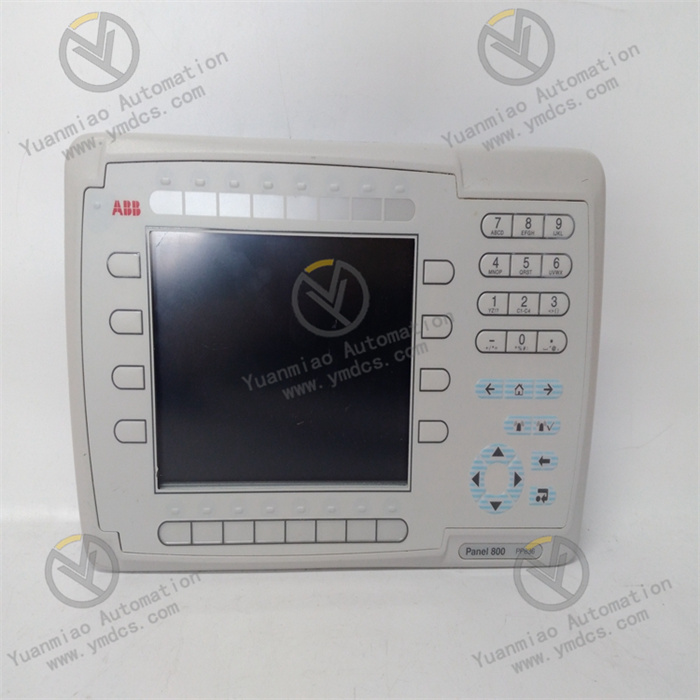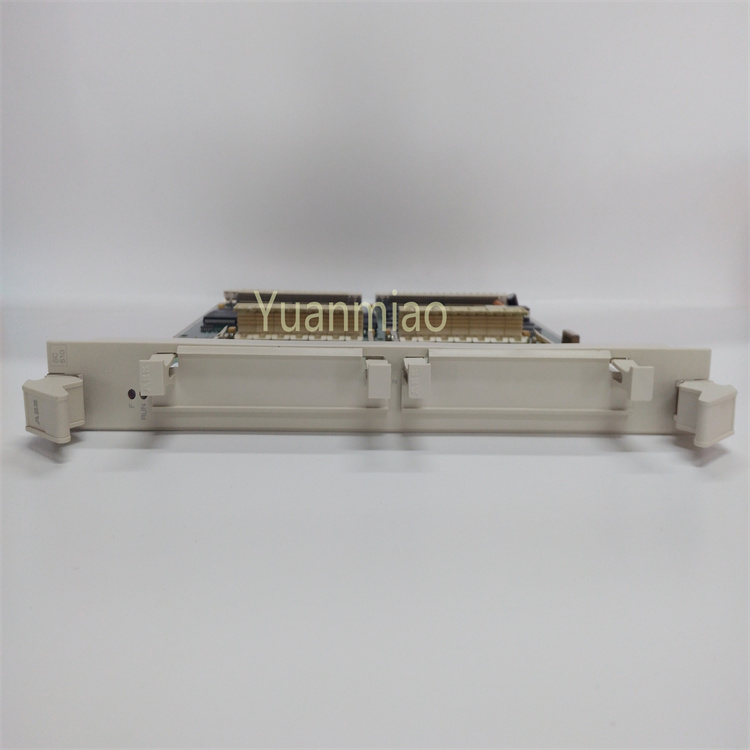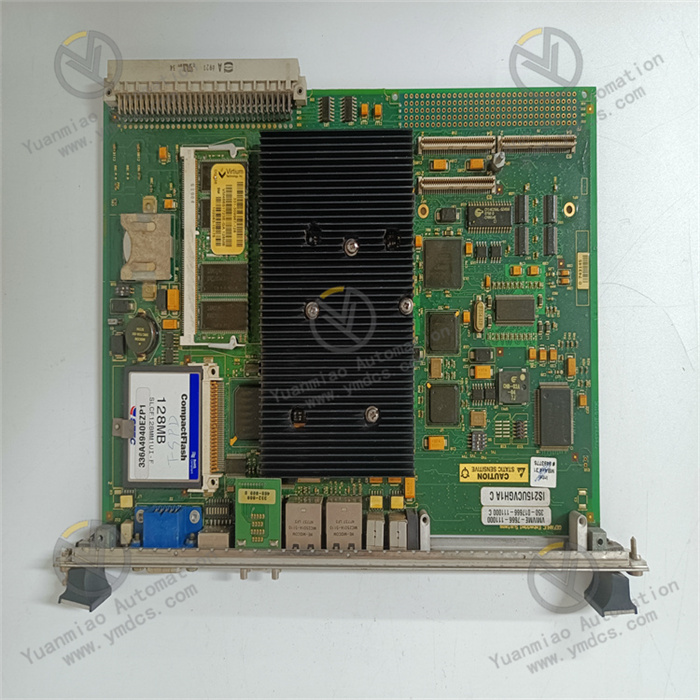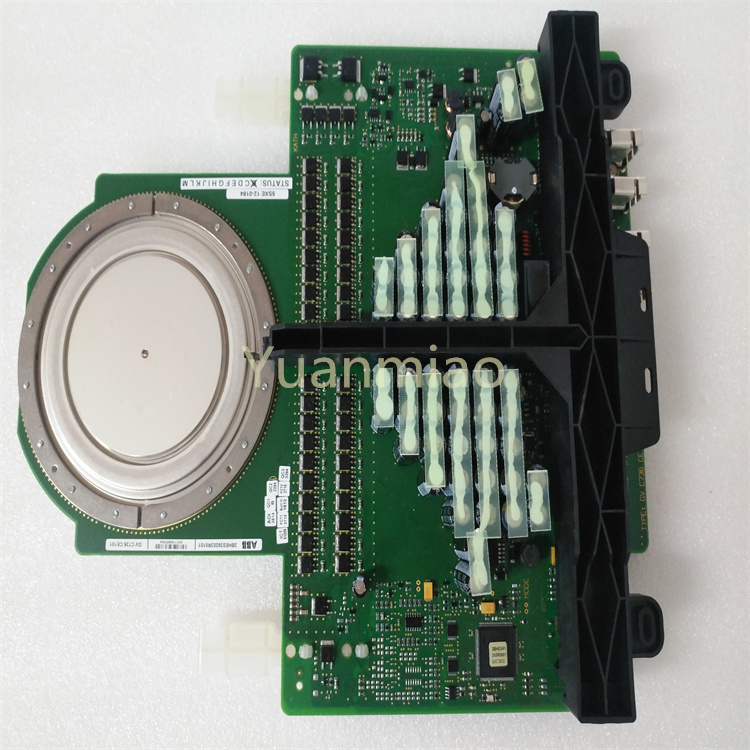Description
The ABB AIM0006 2RCA021397A0001P is a digital input module. Basic Functions: It is mainly used to receive digital signals from other devices or sensors, and then realize the control and monitoring of industrial processes. For example, it can be used to control the operating status of devices such as motors, valves, and lights, as well as monitor process parameters such as temperature, pressure, and liquid level, providing accurate digital input information for the industrial automation system. Basic Parameters: The input type is digital, and it has 8 input channels. The input signal range is 24V DC, and it can accept NAMUR sensor signals and non-isolated digital inputs. Its maximum input frequency is 5kHz, the input current is 4mA, the input impedance is 2.2kΩ, and the output data format is ASCII characters. Product Features: It is compatible with control systems such as the ABB AC 800M, and has the ability to collect digital signals with high precision, enabling accurate acquisition of digital signals from external devices. The module has a built-in self-diagnosis function, which can quickly detect whether there are any faults in itself, facilitating timely maintenance and repair. At the same time, it has low power consumption and high anti-interference performance, and can operate stably in a complex industrial electromagnetic environment, ensuring the accuracy of signal transmission while reducing energy consumption. Appearance and Structure: The module is equipped with a hinged front cover. The module catalog number is printed at the bottom of the front cover insert and on the label on the side of the module, making it convenient for users to identify and view relevant information.
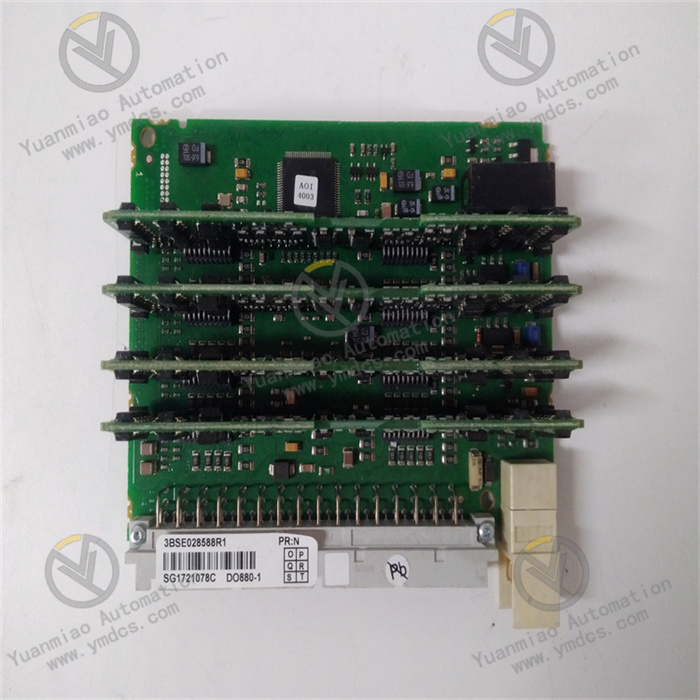
As a digital input module, the working principle of the ABB AIM0006 2RCA021397A0001P mainly revolves around the collection, processing, and transmission of digital signals. The details are as follows:
**Signal Collection**: This module has 8 input channels and can be connected to various external devices such as sensors and switches. When the state of an external device (e.g., a proximity switch or a button) changes, it generates a corresponding electrical signal (for this module, the input signal range is 24V DC). Take the proximity switch as an example. When an object approaches, the state of the proximity switch changes, and it outputs a 24V DC signal to the input channel of the module. These signals enter the module through the input interface. The module performs preliminary filtering and shaping on the input electrical signals to remove interference signals, ensuring that the collected signals are clean and stable, and providing reliable input for subsequent processing.
**Signal Conversion and Processing**: The built - in circuits and chips of the module convert and process the collected analog electrical signals (although it is a digital input, in essence, it is still a change in analog electrical signals). Since it can accept NAMUR sensor signals and non - isolated digital inputs, it performs corresponding operations according to different input types. For digital signals, it converts them into digital codes that the module can recognize (such as binary codes). At the same time, the module also performs logical judgment and analysis on these digital codes, such as determining whether the high - and low - level states of the input signals meet the expectations and whether there are any abnormal situations. In addition, the maximum input frequency of the module is 5kHz, which enables it to quickly respond to changes in the state of external devices and collect the latest signals in a timely manner.
**Data Transmission**: The processed digital signal data is transmitted to the connected control system (such as the ABB AC 800M control system) through the module's communication interface. The module exchanges data with the control system through a specific communication protocol (possibly MODBUS, PROFIBUS, etc.). During the transmission process, the data is packaged and verified to ensure the accuracy and integrity of the data during transmission. After receiving these data, the control system further processes and applies them according to the pre - set programs and logic, such as controlling the operation of other devices based on the state of the input signals or performing data recording and analysis.
**Self - Diagnosis**: To ensure the reliable operation of the module, it has a built - in self - diagnosis function. During operation, the module continuously monitors its own state, including the power supply state and the working condition of the internal circuits. If an abnormality is detected, such as a power supply failure or a short - circuit or open - circuit problem in the internal circuit, the module will promptly issue a fault signal and may transmit the fault information to the control system through the communication interface, so that the operator can promptly detect and handle the problem, ensuring the stable operation of the entire industrial automation system.
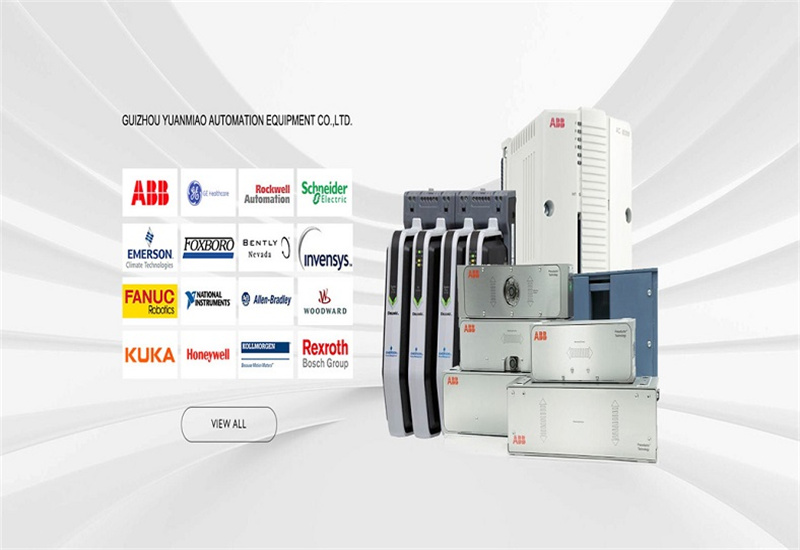
Main brands include: ABB, Bailey, GE, FOXBORO, Invensys TRICONEX, Bentley BENTLY, A-B Rockwell, EMERSON EMERSON, B&R, MOTOROLA, FUANC, REXROTH, KUKA, HONEYWELL, NI, DEIF, Yokogawa, WOODWARD WOODWARD, Ryan, SCHNEIDER SCHNEIDER, Yaskawa, MOOG, EPRO, PROSOFT and other major brands
[Disclaimer]
Guizhou Yuanmiao Automation Equipment Co., LTD. We sell new products and discontinued products, independent channels to purchase such special products. Guizhou Yuanmiao Automation Equipment Co., Ltd. is not an authorized distributor, distributor or representative of the featured products on this website. All product names/product images, trademarks, brands and logos used on this website are the property of their respective owners. Descriptions, descriptions or sales of products bearing these names, pictures, trademarks, brands and logos are for identification purposes only and do not imply any association or authorization with any rights holder.
This article is from the official website of Guizhou Yuanmiao Automation Equipment Co., LTD. Please attach this link: http://www.ymdcs.com/ABB


